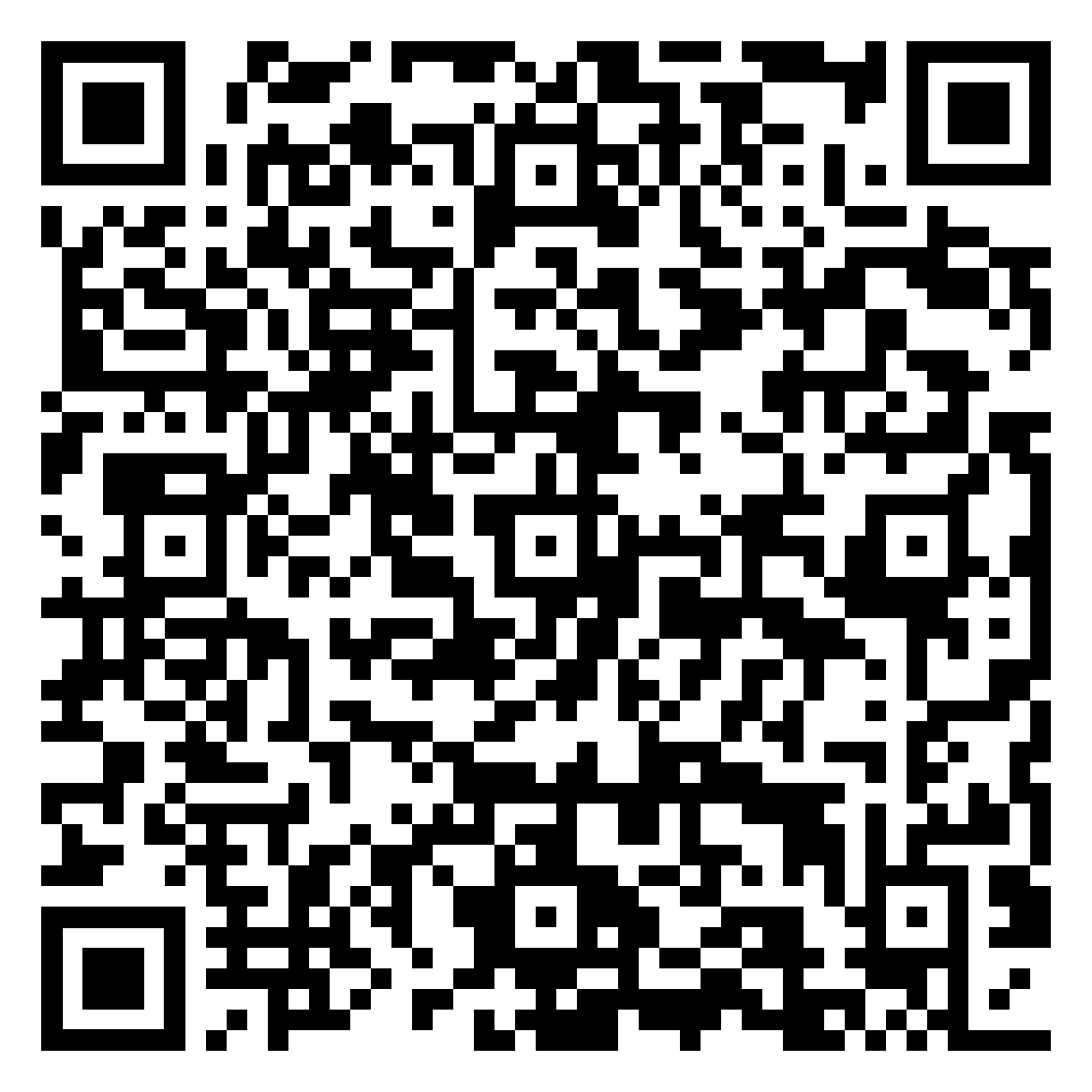A nuclear stress test is a diagnostic test often used by cardiologists to monitor blood flow to the heart. This test can also be combined with an exercise test to identify inadequate blood flow to the heart during activity.
Our team of American and UK trained cardiologists utilize nuclear stress tests to identify the cause of symptoms such as chest pain or shortness of breath, to determine the course of treatment for patients diagnosed with a heart condition, and diagnose coronary artery disease.
How is the test performed?
During a nuclear stress test, a radioactive dye is injected into an intravenous (IV) line inserted into the patient’s arm. The patient is then required to lie still on a table while a gamma camera records images that show the blood flow through the heart while it is at rest. The cardiologist then places electrodes connected to an electrocardiogram (EKG) on the patient’s chest.
The patient is then asked to walk on a treadmill while the intensity of the exercise is increased at regular intervals until the patient achieves the target heart rate. The patient’s heart rate, EKG, and blood pressure are continuously monitored throughout the test.

